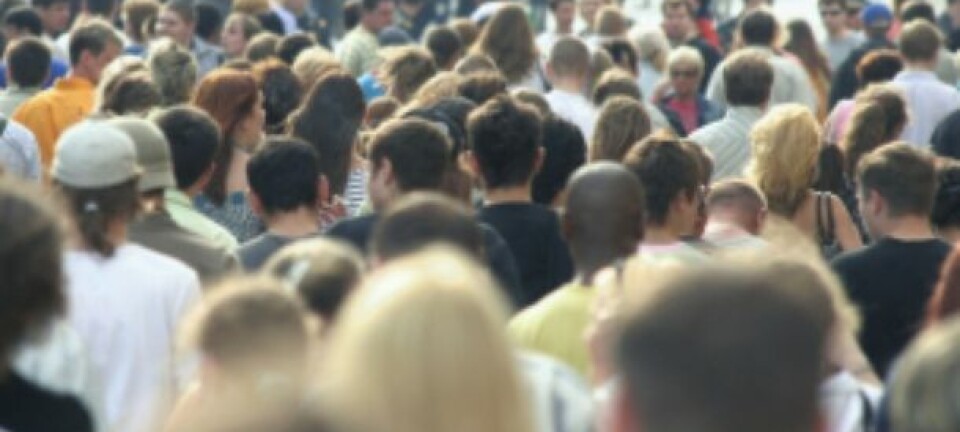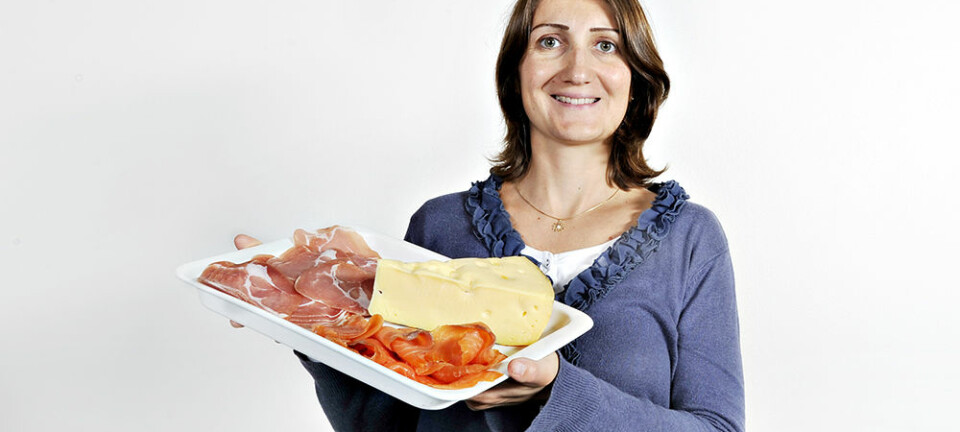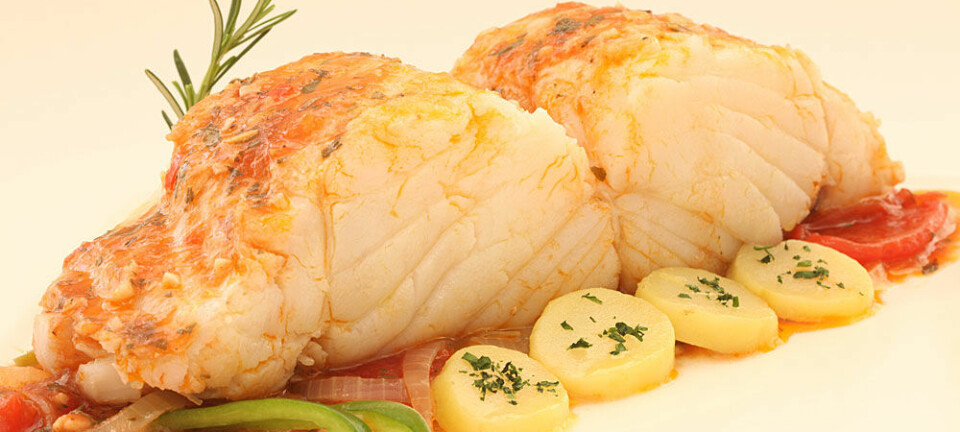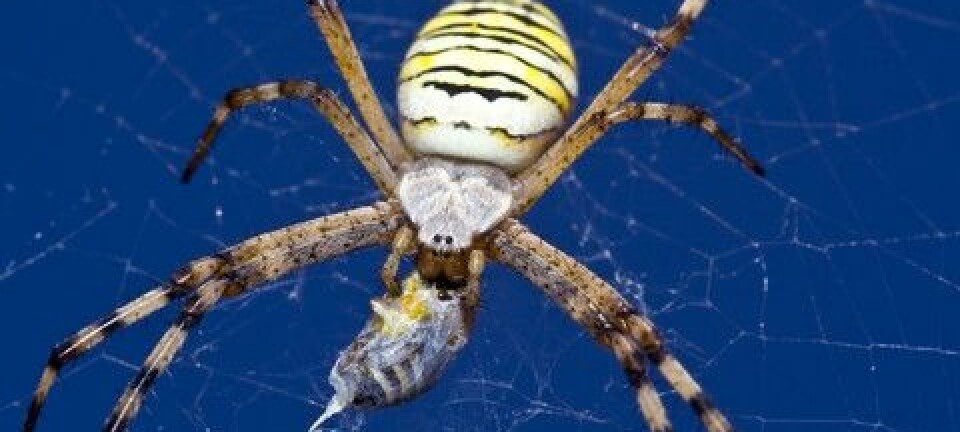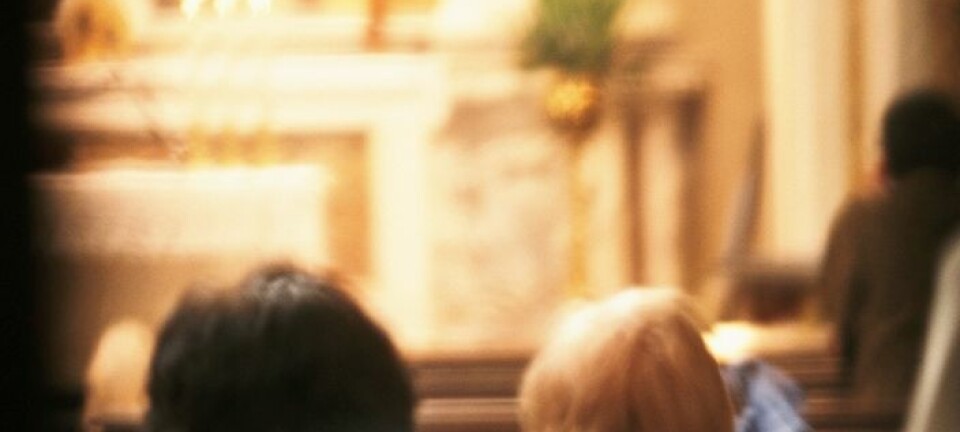
Suffering morphs into cosiness in Easter celebrations
Anyone who wishes to be faithful to old Norwegian Easter traditions should eat salted herring and black pudding on Long Friday.
Denne artikkelen er over ti år gammel og kan inneholde utdatert informasjon.
Norwegians now celebrate their lengthy Easter holiday with egg-shaped containers full of sweets and sumptuous meals like juicy legs of lamb with a red wine sauce.
Easter celebrations used to be much tougher affairs in Norway. Even well into the 20th century the focus of Easter was on suffering on the cross – the Passion of Christ, points out Anne Kristin Moe, a curator at the outdoor folk museum in Oslo, the Norwegian Museum of Cultural History.
The most exacting days were from Long Friday to Easter Sunday. The idea was for Norwegians to dwell on the crucifixion of Christ.
On empty stomachs – observing a fast – they were supposed to read the Bible for hours. Another tradition was to walk in shoes filled with sand to make the feet bleed.
A holy mix of traditions
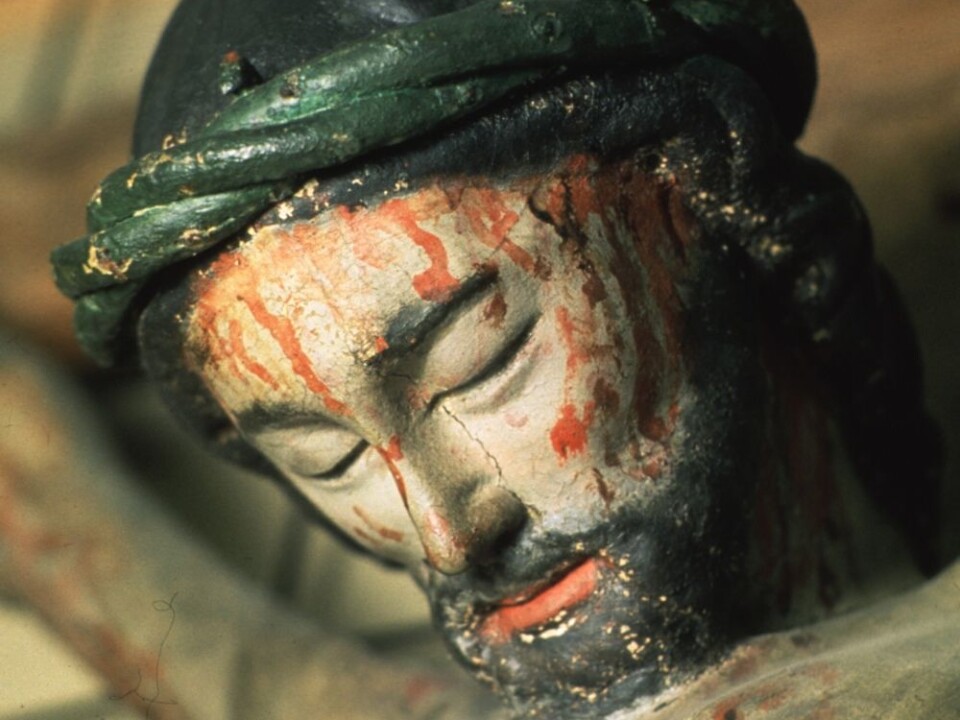
Norwegian Easter, or “påske” (derived from the Hebrew pasach, or Passover), is a fusion of traditions stretching back throught the millennia.
Norwegians have made their medley of Easter traditions out of various religions stretching back to prehistory.
In addition to evolving Lutheran practices, some comes from pre-Christian or heathen times, some from Judaism, and some is from the Christian era prior to the Reformation, when Norwegians were all Roman Catholics.
Less decoration and cosiness
In the old days Norwegian Easter was mostly about religion – and what people were allowed to eat. More importantly: What they were prohibited from eating.
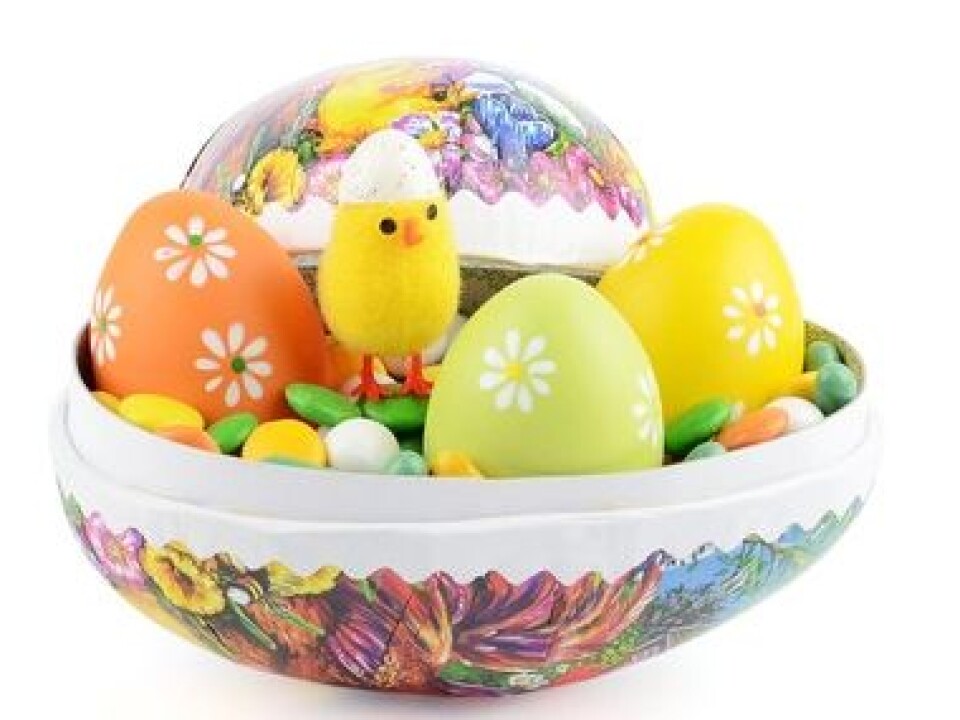
Even the food on Long Friday centred on the Passion of Christ, in other words, on suffering.
Black pudding, made of blood, and rice porridge were symbols of the crucifixion and the flogging of Christ.
Eating salted herring was an effective way to get very thirsty, like Jesus was as he hung on the cross.
Meat, including pork, after 40 days of Lent
Lent ended on Easter Sunday. Norwegians could now eat meat, including pork, for the first time in 40 days.
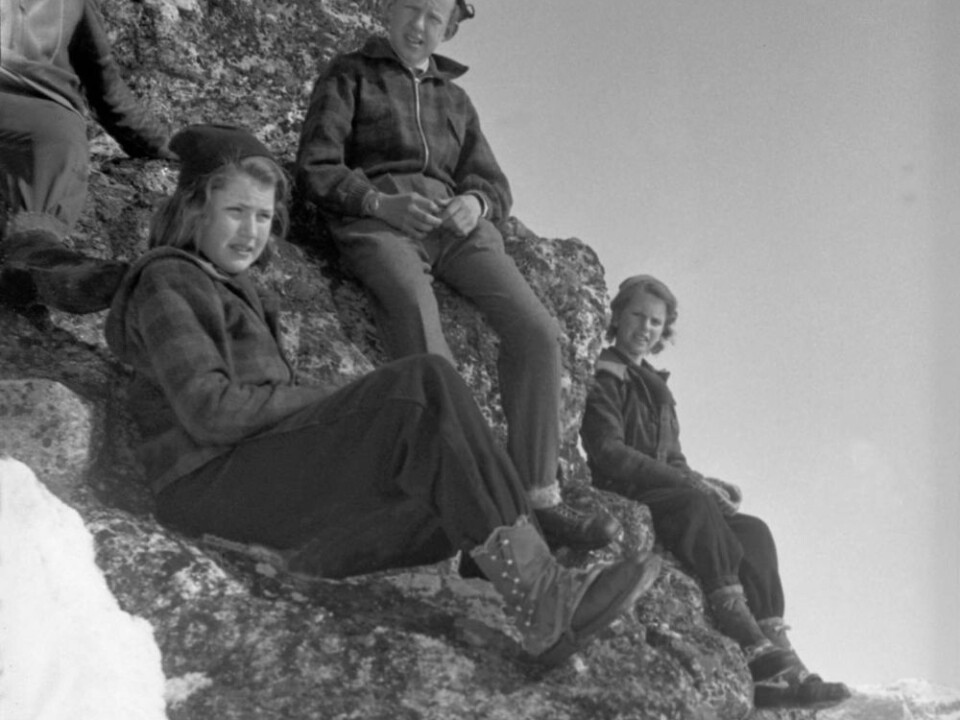
In the Roman Catholic era, Lent usually started on Ash Wednesday, 46 days before Easter, and included all days except Sundays.
When the country switched to Protestantism, this fast was no longer obligatory. But many continued to practice it anyway, as strong metaphysical traditions have their tendency to linger.
A mini-version, a fast from Maundy Thursday to Easter Sunday, was common into the 1900s. People did not have to completely abstain from eating, but they were supposed to eat less than usual, and keep meat off their plates.
Today this tradition is totally extinct.
Ethnological study
Folk traditions are one of Curator Anne Kristin Moe’s specialties.
Some of her findings about Norwegian Easter traditions come from the the archives of Norwegian Ethnological Research.
Its archive uses questionnaires to document information about daily life and work as people remember things used to be, and reveal how they do things today. These questionnaires are sent to steady participants and to others round the country.
Some 300 different questionnaires about an array of subjects have been sent out since 1946. In 1953 Norwegians were asked about their Easter traditions.
Yellow Easter is modern
Easter now dwells on decorations and the country’s rather special pursuit of “kos” or cosiness. Norwegian decorate their homes or holiday cabins with yellow Easter chicks, bunnies and hens.
“This is a relatively new tradition in Norway. It started towards the end of the 1800s, but didn’t grab hold until after WWII. The inspiration came from 18th century Germany but it came to us via Great Britain,” explains Moe.
Glossy coloured cut-out pictures cropped up at the end of the 19th century with images of chicks and bunnies. As time passed, the predominant colour of Easter became yellow, as it has become in the rest of Northern Europe.
The Easter Bunny came to the urban bourgeoisie
Lots of Norwegian kids go outdoors to hunt for Easter eggs that the Easter bunny has hidden. But this is not a longstanding tradition in Norway. It too started in the late 1800s, spread by illustrations in periodicals and literature.
Moe says much folklore is associated with the Easter bunny.
One of them is that the goddess of spring, Eostre, also known as the Germanic Ostara and the Greek Eos, transformed a bird into a hare to prevent it from being killed by hunters. But the hare missed its eggs. So the spring goddess gave it the power to lay eggs once a year. Out of gratitude, the hare distributed its eggs to humans.
In the early 1700s Swiss and German bourgeois families started the tradition of letting their children hunt for eggs in gardens on Easter Sunday morning.
The Easter egg symbolises fertility
The Easter egg is an old heathen tradition symbolising fertility. But it did not gain sway in Norway until the 20th century, when the keeping hens made its way into the country’s animal husbandry.
Eggs were another banned food during the fast. On Easter Sunday people were allowed to eat boiled eggs for breakfast [breaking the fast] and this was traditionally called an Easter egg. Bacon pancakes were another treat at this breakfast.
“The Easter egg is a more natural symbol for us Norwegians than the Easter bunny and it was adopted. This is a time of year here when hens started laying eggs.”
The Easter lamb is Jewish
Lamb is now a steady feature of any Norwegian family’s Easter menu. But such lamb was not common fare in Norway until more recent times, according to Moe.
“This was originally part of the Jewish Passover celebration, in memory of the Jews who had to slaughter and eat lambs before fleeing Egypt. I cannot find any link between this and the newer tradition of this Easter meal, and I think it simply coincidental that we started eating Easter lamb in Norway,” says Moe.
… and then came Easter crime fiction
Norwegian Easter traditions continue to evolve. Recent additions are oranges and reading and/or watching crime and detective stories.
But the tradition of heading for the mountains at Easter, which the urban exodus traffic jams prove is still practiced by many, is not as new as one might think.
“In the old agricultural peasant society, young people were supposed to head into the mountains to witness the sunrise on Easter Sunday. It was said that they could then see the Sun jump for joy in celebration of the Resurrection,” explains Norwegian Museum of Cultural History Curator Anne Kristin Moe.
------------
Read the Norwegian version of this article at forskning.no
Translated by: Glenn Ostling







